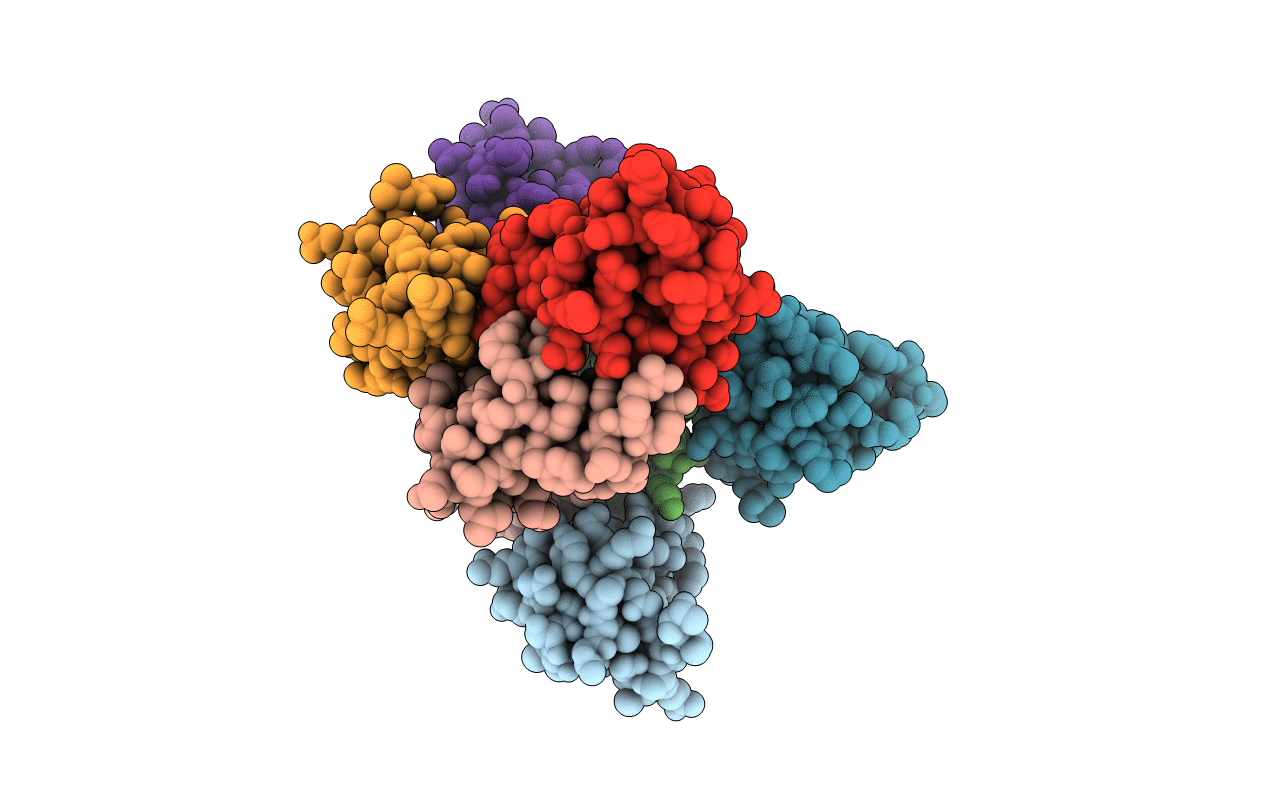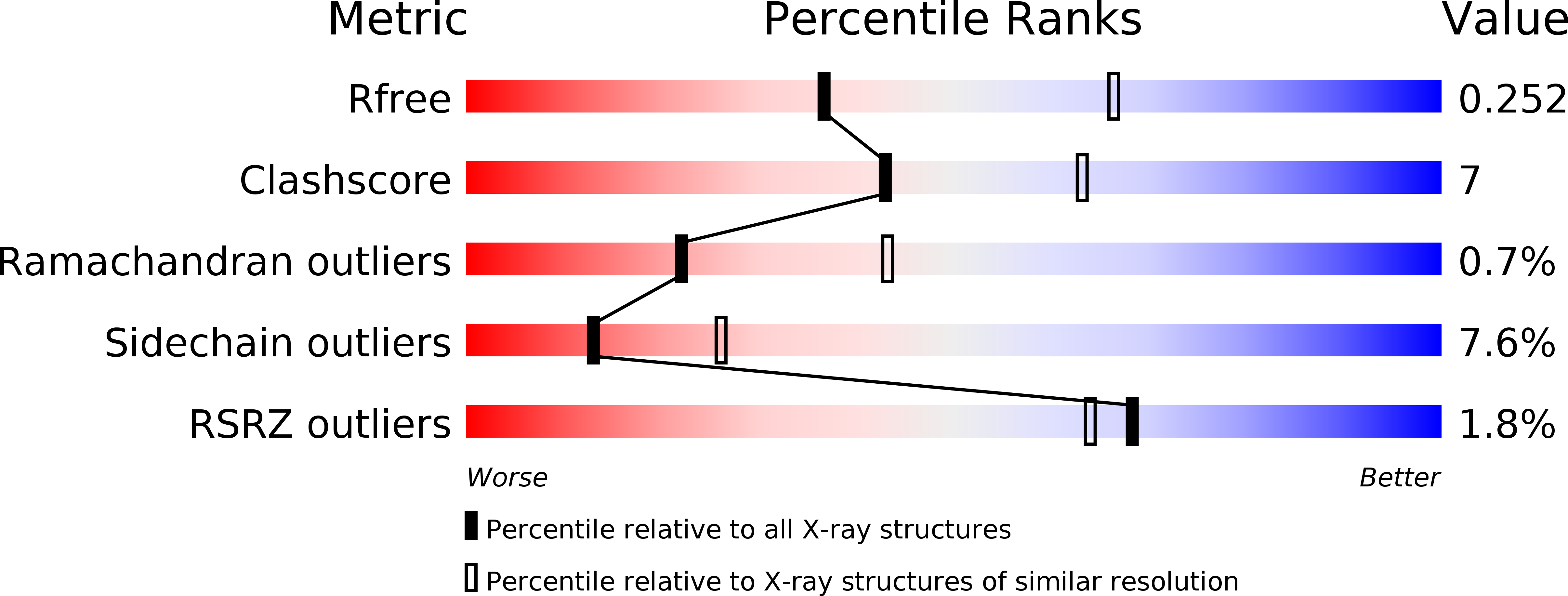
Deposition Date
2007-11-28
Release Date
2008-01-15
Last Version Date
2024-11-06
Method Details:
Experimental Method:
Resolution:
2.60 Å
R-Value Free:
0.26
R-Value Work:
0.22
R-Value Observed:
0.22
Space Group:
C 1 2 1


